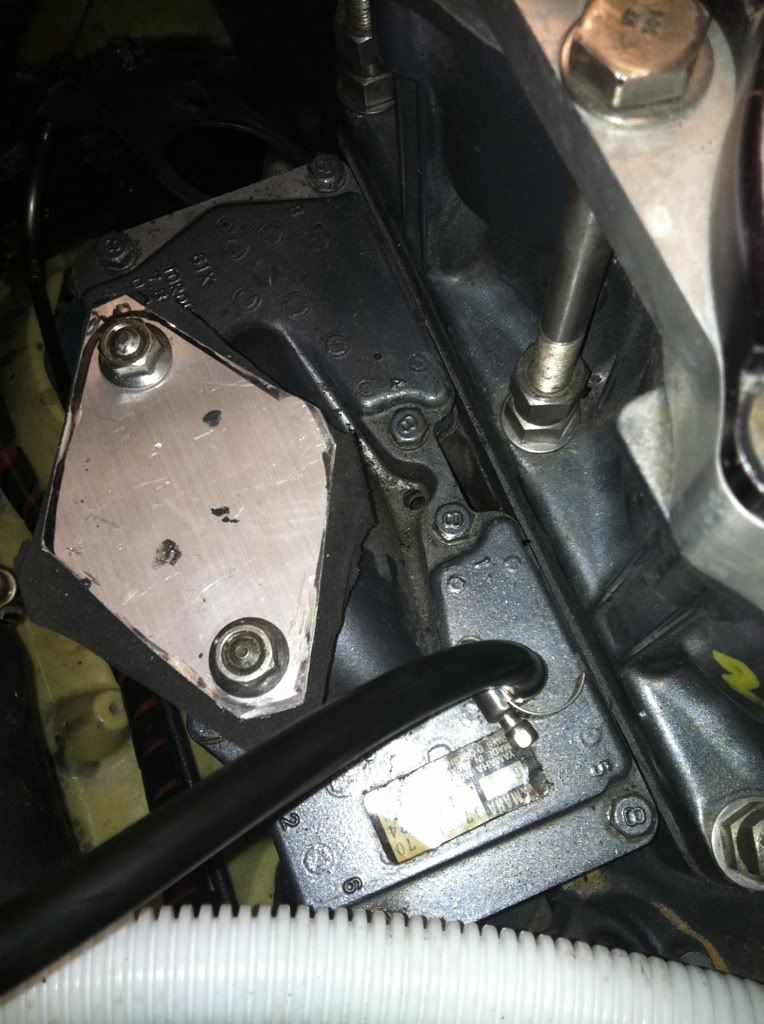Bump this up.
I'm trying to do a pressure test to on my motor and I want to make sure this looks right.
I made block off plates out of 3/16" aluminum plate for the exhaust manifold where it attaches to the B-pipe.
Made another one for the carb hole on the intake. I used 9mil underpad to seal the holes, cranked the bolts down pretty snug to ensure a seal.
I took a bike pump that has a inline gauge that shows pressure as its applied. I pulled the bike fitting off and ran the rubber hose down on the pulse fitting on the intake.
I hose clamped it and gave it a few slow pumps. After 3-4 pumps nothing was registering on the gauge. I backed the nuts off the carb block off hole and there was pressure built up in the intake (???). So now i'm confused, did I not pump it up enough? Should I have kept going? I didn't want to damage any seals by applying too much pressure.
Here's a photo, let me know if this looks right.

